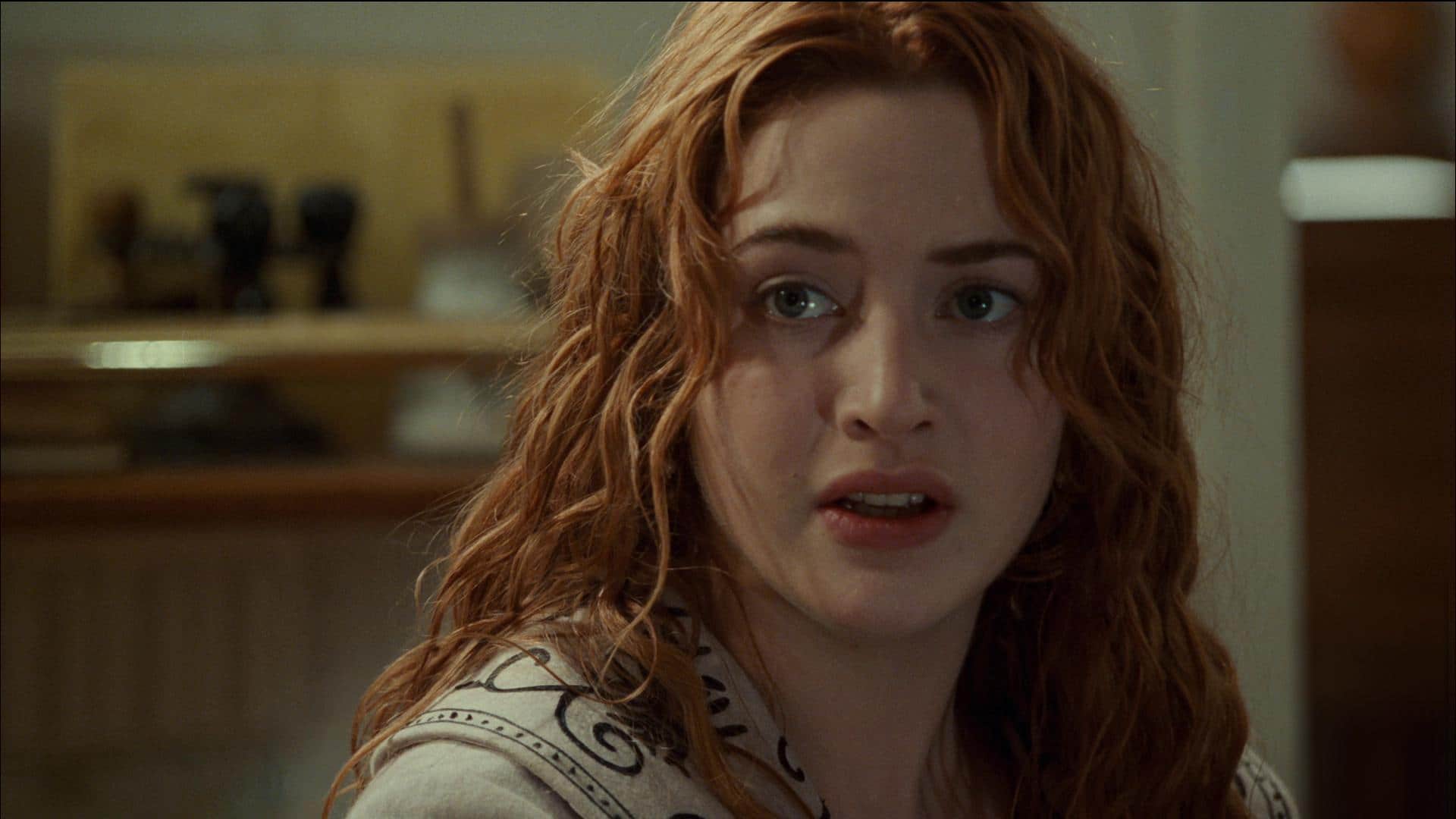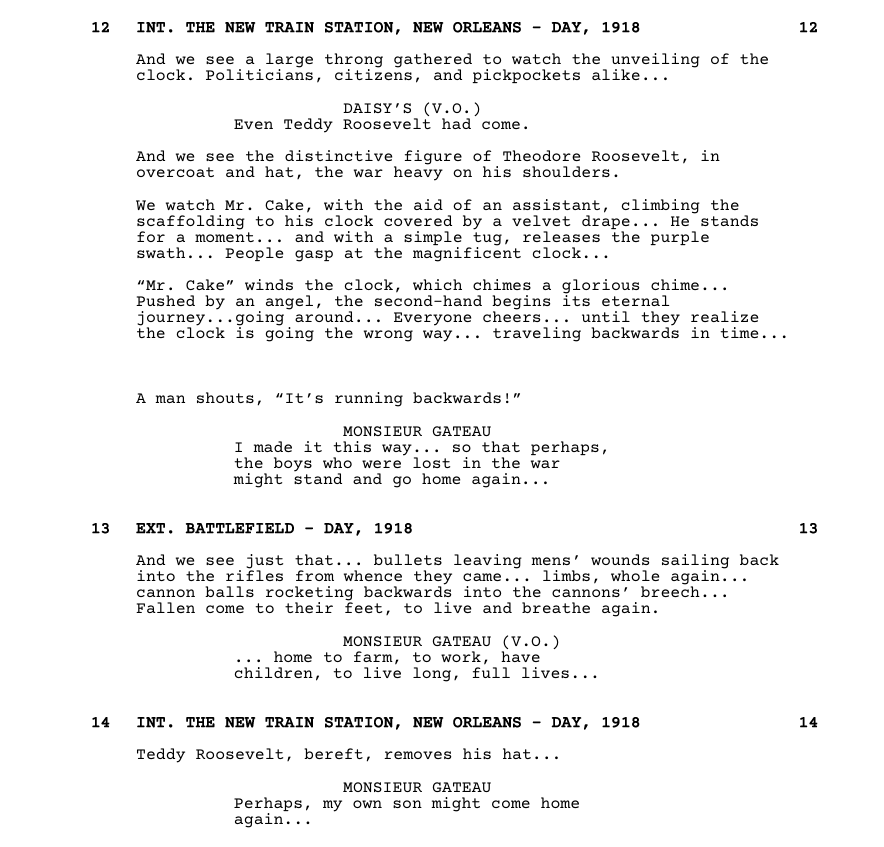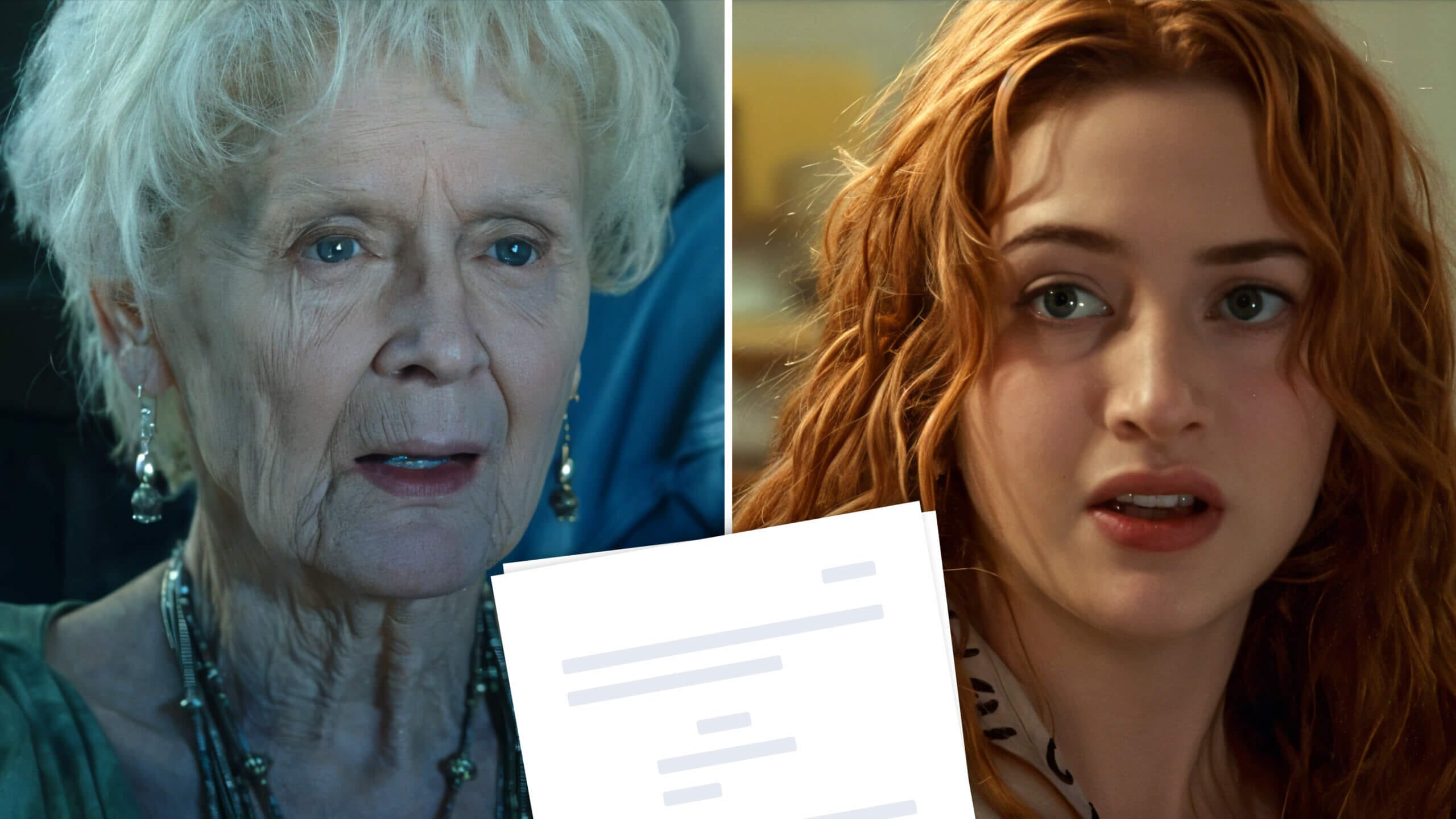Time going by in film is an amazing opportunity for writers of all levels to put their creativity to the test. Some films opt for simple titles, while others write the passing of time into the very structure of the screenplay. But what is the best way to write the passage of time in your script?
Knowing how and when to write time is a great source of nuance in writing. Let’s take a look at who’s done it best and how they wrote “as time went by.”
Watch: Anatomy of a Screenplay — Ultimate Guide
1. As Time Goes By
Writing the passage of time
Time is a valuable asset for screenwriters.
The passage of time in cinema is used to express so much about the human condition, that it is a staple of storytelling.
In fact, filmmakers at every level have used the passage of time to evoke emotions, inspire ambition, and record every aspect of humanity.
In Titanic, director James Cameron uses the passage of time in one woman’s experience to, er, anchor an entire film.


The passage of time in Titanic
James Cameron focuses on the eyes and cross dissolves into the past. In the pivotal unveiling of the S.S Titanic, the director uses standard transitions and match cuts in the script.
The script for Titanic has several occurrences of passing time
Celebrated auteur David Fincher helmed The Curious Case of Benjamin Button to Oscar-winning special effects, hair, and SFX makeup in this stunning film about the passage of time.
A clock that runs backwards in The Curious Case of Benjamin Button
Use of color and visual effects to denote that is a different period and in the actual passing of time, he illuminates this world, but it starts with the simply written script.

See Eric Roth's script here
But it is the much more recent arrival, Damien Chazelle’s La La Land that illuminates the potential of righting the passage of time to inform story, structure, and execution.
Let’s delve a little deeper into this fantasy musical screenplay to see how the writing of time passing made for a cinematic experience like no other.
2. WRITE THE YEARS AWAY
La La Land writes it beautifully
La La Land’s screenplay uses all the tricks at the writer’s disposal such as title cards that breaks the movie into the four seasons.If there were only one title card, it would not say much about time, but because there are four, one for each season, they mean a lot. Season Titles are helpful for a city with few discernible seasonal characteristics.
Chazelle uses title card, even basic action lines to convey to the audience (and the reader), how time is moving.
Or in the Slug lines where it is a bit more frank.
Transitions, montages, and fantasy sequences are the essential elements of passing time and Chazelle is able to include them all in the climactic final scene.
The entire final montage gives testament to a number of devices that the screenwriter may use to show the passage of time.
As with any musical, because there is a huge fantasy element in the film, it is a testament to his screenwriting that he does not limit himself with titles alone. He weaves passing time throughout the script using montages...
Or in poetic action lines that have the same effect...
Damien Chazelle’s original screenplay was nominated for an Academy Award. As we can see with his writing on the passage of time, it was well-deserved for illuminating the ways the screenwriter can enhance the script while using time as a motif and a tool.

Older and wiser leads in La La Land
The scene is infinitely more readable because Chazelle wrote time in his titles, action lines, slugs and montages.
3. APPLY YOUR TOOLS
How to use these techniques
Now that we have an understanding of what can be done in the writing of passing time in a screenplay, let’s put our skills to the test.
Let’s create some original examples in writing the passage of time.
FIRST STEP:
Let’s make a story about a character at a pivotal moment in their life. A sort of “Sliding Doors” situation. She has a choice to make. One way she becomes an older version of herself and the other a younger.
It will go something like this:
We have a character in the middle of something. We used three different character titles to show that there will be time to consider in the scenario.
SECOND STEP
After going back to edit what we have, let’s show the passing of time using a title card transition.
You see how we know that time has moved backwards for the Young Woman, but we don’t treat our audience as though they aren’t perceptive. In fact, it makes the scene much more interesting the less we say.
THIRD STEP:
Now let’s use some of the action lines and a montage to really combine all of our time tools like Damien Chazelle did for the climactic scene in La La Land.
Here is our version of a script with passage of time
As with anything, the writing of passage of time is a tool that with practice comes not perfection but ingenuity. Rules are made to be broken and every writer should strive to keep the tool kit ready for use.
4. More time jump tips
Scripting time do’s and time don’ts
One way to show the passing of time is through the use of the characters in your script. Their dialogue, appearance, and situation may even inform the passing of time without a mention other than their character’s name.
TIP ONE
A different age means a different character in the script.
In Titanic, James Cameron, rather bluntly, titles the older version of Rose as “Old Rose.” The master of subtlety, Cameron, scripts it this way:
TIP TWO
Explicitly stating the time in dialogue or action is a key to moving things along in movie time. For instance, any time a clock is ticking, counting down before the bomb detonates in the film. That final ten seconds could last for pages!
TIP THREE
Time-lapse can be written as statements of factual actions. Montages are great examples of this, denoting just the fact of what's happening in each "mini scene." Our montage example from Up, demonstrates this well.
Pixar does a time-lapse montage very well in Up!
TIP FOUR
You don’t always have to summarize passages of time. For example a phrase like, “minutes later” is a term that should be used sparingly at best.
We would use phrases like this for readability rather than instruction for the actual execution of the screenplay.
TIP FIVE
There are no real rules to follow as long as you are telling a good story and you get the point across.
Master screenwriter Trumbo said it best
Now, as they say, talk is cheap but words have power. Time to start scripting.
Related Posts
up next
How to write a film treatment
Now that you have another trick up your screenwriting sleeve for consideration it’s time to get started. What is the best place to begin the journey of a thousand words that will be your screenplay? The Treatment is the next step and you will learn everything you need to know in our next article.










You are the best! Your stuff about screenwriting is a way better than many other sources, with all due respect for those. You are very enlightening and instrumental in your materials.
Thanks!
Val